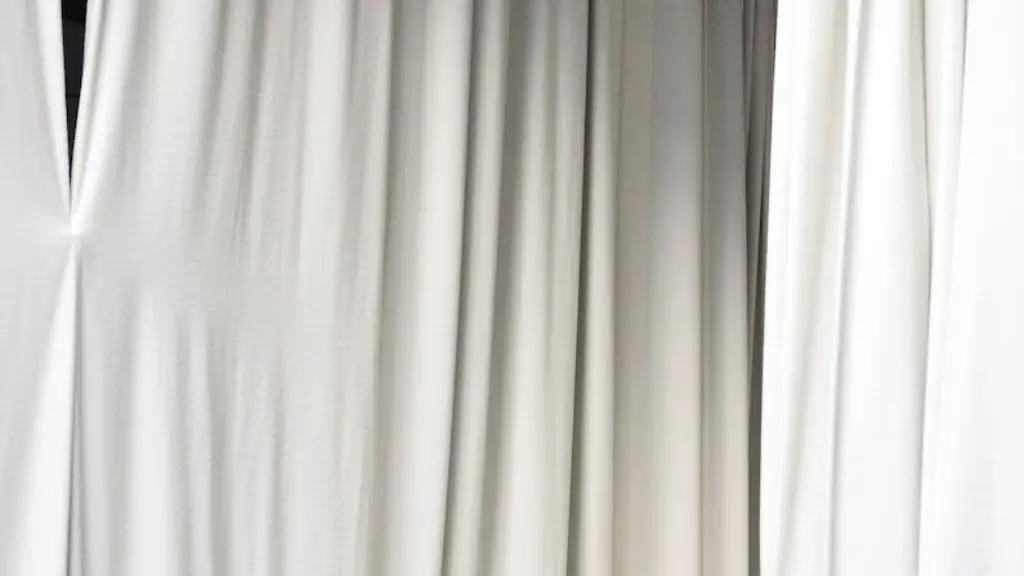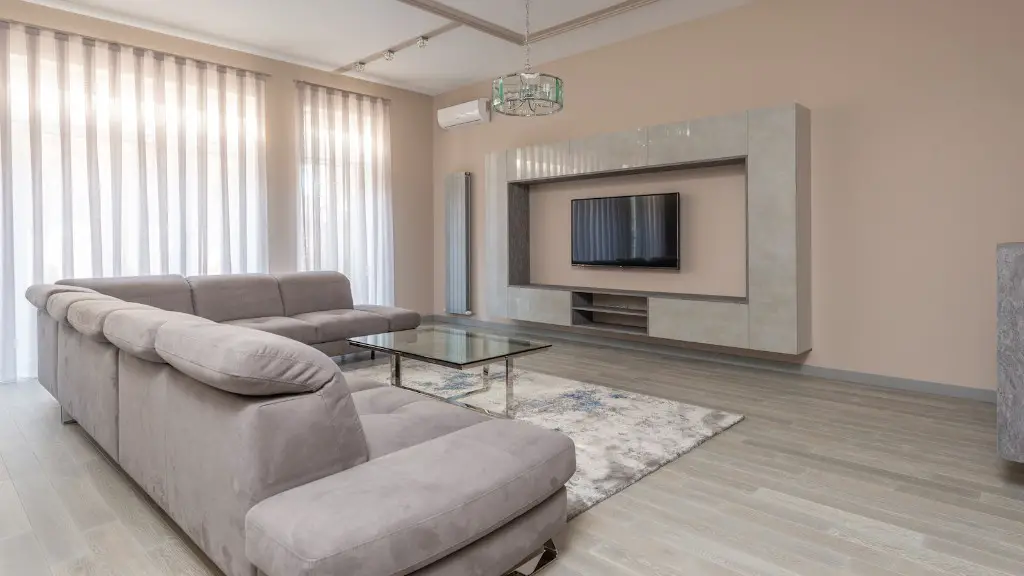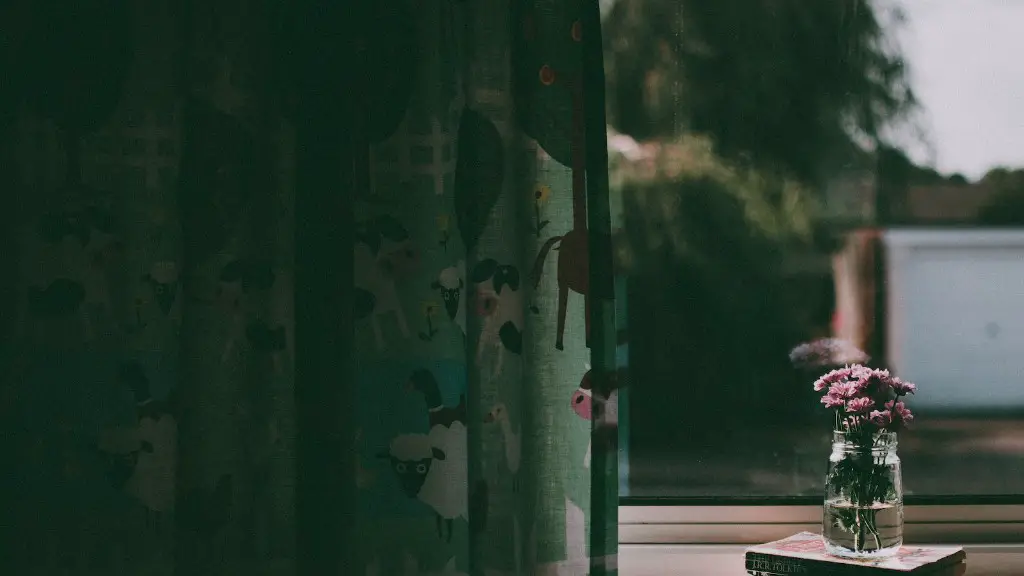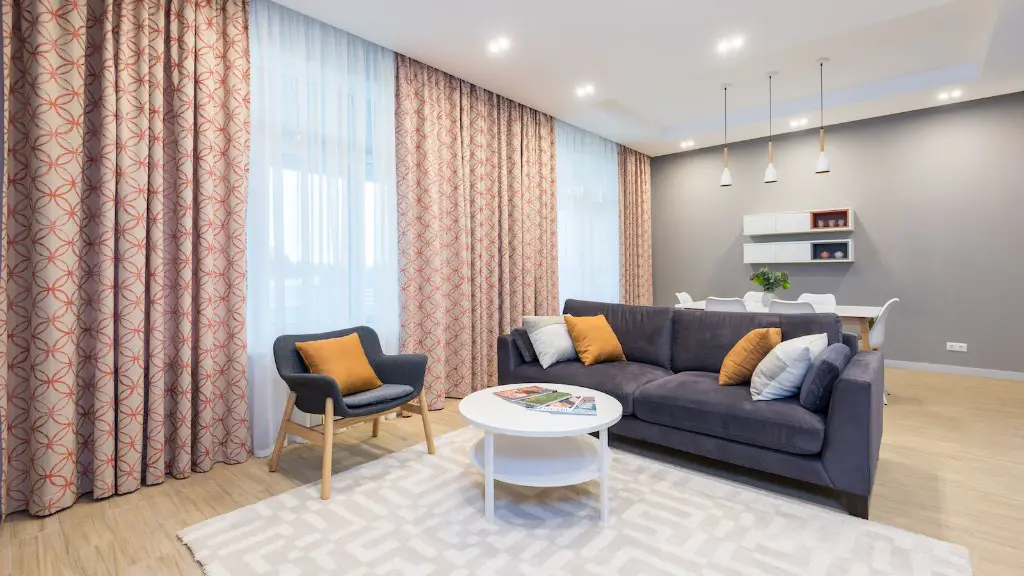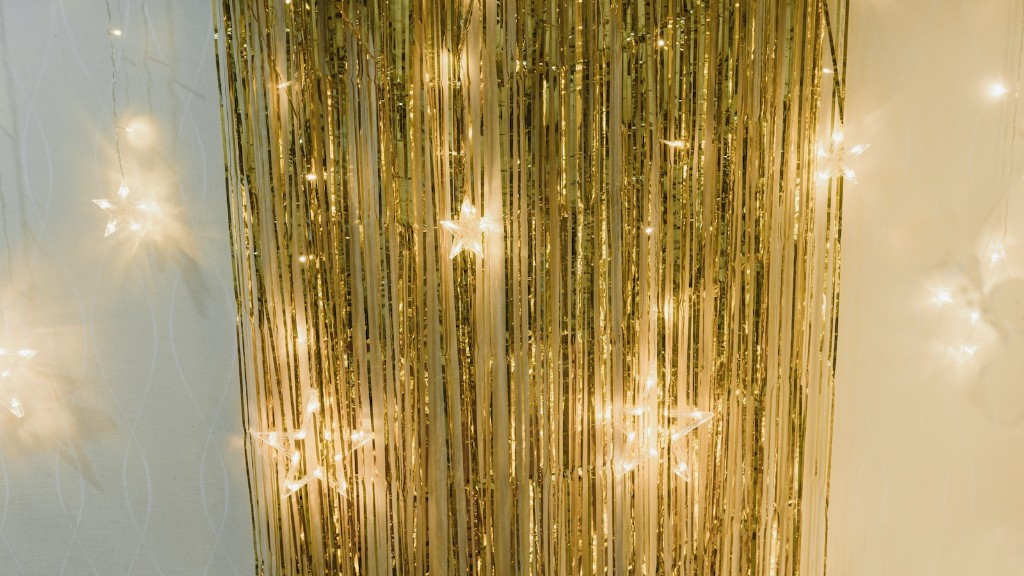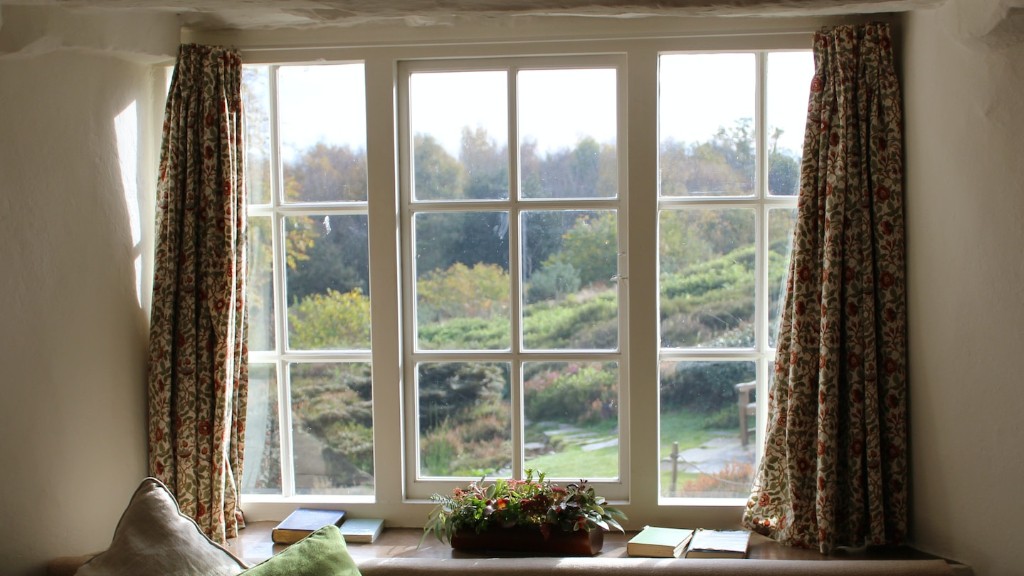If you’re looking for curtains for your home, there are a few things you’ll want to keep in mind. First, think about the style of your home and what kind of curtains will complement it. If you have a modern home, for example, you might want to choose sleek and minimalist curtains. If your home is more traditional, you might want to choose curtains with more ornate details.
Next, think about the function of the curtains. Do you want them to provide privacy? Do you want them to block out light? Do you want them to add insulation? Once you know what you need the curtains to do, you can narrow down your choices.
Finally, don’t forget to measure your windows before you shop for curtains. You’ll need to know the width and height of your windows so you can find curtains that are the right size. With these tips in mind, you’re sure to find the perfect curtains for your home.
There is no one definitive answer to this question. Different people will have different opinions, depending on their individual taste and style. Some things to consider when choosing curtains for your home include the overall décor of the room, the color scheme, the amount of natural light, the purpose of the room, and your personal preferences.
How can I match my curtains to my house?
There is no definitive answer when it comes to choosing curtains that match your walls. You can either choose a shade similar to your walls, a print or solid color in a neutral palette, or a bold pattern or color to contrast your walls. Ultimately, it is up to you to decide what look you are going for in your home.
A general rule of thumb is for curtains & walls to be one shade lighter or darker than each other, or be a complimentary colour to each other. Although light or dark curtains can influence the mood of a room, provided they match the colour, hues & shade of the walls, it will be a good choice.
What should your curtains match in your living room
If you want your curtains to match your home decor, it is usually a good idea to choose a color that is similar to your wall color or a slightly darker shade. A double layer of one sheer and one blackout is a classic and functional choice. If you are looking for a minimal and modern style, pick a color that is close to your wall color or a slightly darker shade.
Linen, silk, faux silk, and velvet are all good choices for window treatments because they tend to hang well. Faux silk is especially durable.
Should the entire house have same curtains?
While it’s important to have some consistency throughout your home, you don’t want every room to look the same. Baker suggests using similar window treatments throughout the home, but playing them up or down depending on the room. This will help create a cohesive feel throughout the house.
If you want your curtains to have a fresh and modern look, choose neutral colors like gray, black, taupe, beige, ivory, or white. To prevent your curtains from blending in and disappearing, choose a shade that is at least one shade lighter or darker than the walls.
What color curtains make a room look bigger?
One of the benefits of using bright colors in your home is that they can make a space look airier and more open. This is because bright colors are more reflective and thus allow more natural light into the room. Dark colors, on the other hand, absorb light and make a space look smaller.
If you want your window curtains to be a focal point in your living room, you should select a color that will contrast with the rest of the room. For example, if your living room has a lot of neutral colors, you could select a bright blue or green to make your curtains stand out.
Do curtains make a room look bigger or smaller
If you want to make your room appear larger, then you should hang high-hanging curtains with long vertical stripes. This will create the illusion of height, which is excellent for low ceilings. However, if you want to make your room appear smaller, then you should use short curtains with horizontal stripes. This will shorten your wall height and make the room appear smaller.
If you have small windows, it’s best to use curtains that are darker than the sofa. This will make the room feel more cohesive and put the focus on the furniture, rather than the windows.
Is it better to have plain or patterned curtains?
Plain curtains are a great choice for window dressings because they are timeless and unlikely to go out of style. They are also easy to match with other decor items in the room.
The trend of using natural materials for curtains is on the rise as people become more conscious of the impact their choices have on the environment. Organic cotton, bamboo and recycled fabrics are all great options that look and feel great in any space. Not only are these materials better for the environment, but they also offer a natural, organic feel to a space.
What are the 3 types of curtains
There are three main types of curtains which are typically used in households – blockout, sheer and decorative. Blockout curtains are usually used in bedrooms or other rooms where privacy is desired, as they are thick and do not allow light to filter through. Sheer curtains are much thinner and are often used in living rooms or other rooms where a light, airy look is desired. Decorative curtains are usually used in addition to another type of window covering, such as blinds, and are used to add a bit of style or personality to a room.
No, curtains do not have to match your furniture. However, if they are the same style, texture, or color, or are in colors that complement your couch, they can add to your desired look and achieve a unified look.
What are the five different types of curtain?
There are 5 main types of curtains and drapes: tap top, rod/pole pocket, pleated, grommet, and ripplefold.
Tap top curtains have a strip of fabric at the top that loops around a rod or pole, while rod/pole pocket curtains have a pocket at the top that the rod or pole slips through.
Pleated curtains have a fold or pleat at the top, which can be tailored, pinch, inverted, or box pleated. Grommet curtains have metal eyelets that the rod or pole goes through, while ripplefold curtains have ruffles or folds along the top.
Drapes and curtains that lightly brush (or “kiss”) the floor tend to be the most stylish length. To achieve this look, though, great care needs to be taken to measure the fabric panels and to hem them precisely.
Warp Up
There is no definitive answer to this question, as the best way to choose curtains for your home will vary depending on personal taste, the style of your home, and the amount of natural light that you want to let in. However, there are a few general tips that you can keep in mind when choosing curtains for your home.
First, consider the overall style of your home. If you have a more traditional decor, you will likely want to choose curtains that are made of heavier fabrics and have more ornate details. If your home has a more modern feel, then you may want to opt for cleaner lines and simpler designs.
Secondly, take into account the amount of natural light that you want to let into your home. If you prefer a brighter space, then you will want to choose curtains that are made of lighter fabrics and that have a more open design. However, if you prefer a cozier atmosphere, then you will want to choose curtains that are made of heavier fabrics and that have a more closed design.
Finally, don’t forget to measure the windows in your home before you go shopping for curtains. This will ensure that you purchase the correct size curtains for your windows.
There is no one-size-fits-all answer to this question, as the best curtains for your home will depend on a number of factors, including the style of your home, the amount of natural light you get, and your personal preferences. However, there are a few general tips that can help you choose the right curtains for your home. Firstly, make sure to choose a style that compliments the overall aesthetic of your home. Secondly, consider the amount of natural light your home gets, as this will affect how much privacy you need from your curtains. Lastly, don’t be afraid to experiment with different materials, colors, and patterns to find the perfect curtains for your home.
